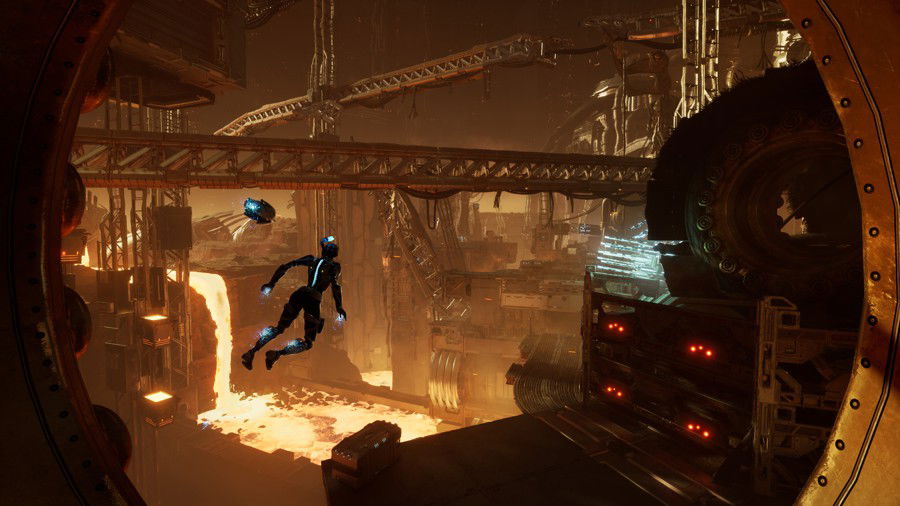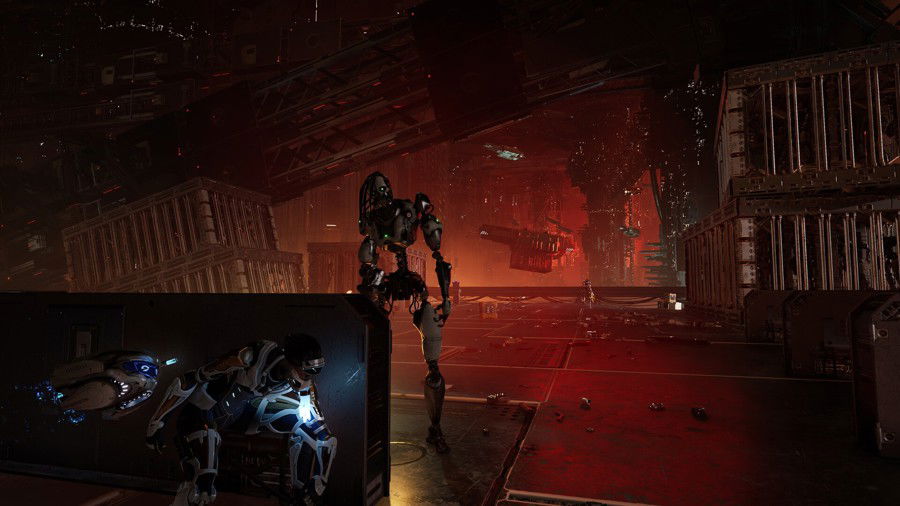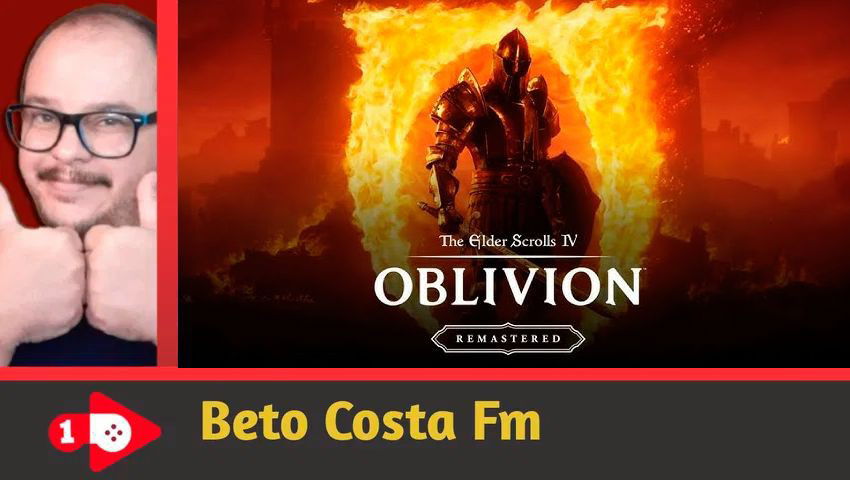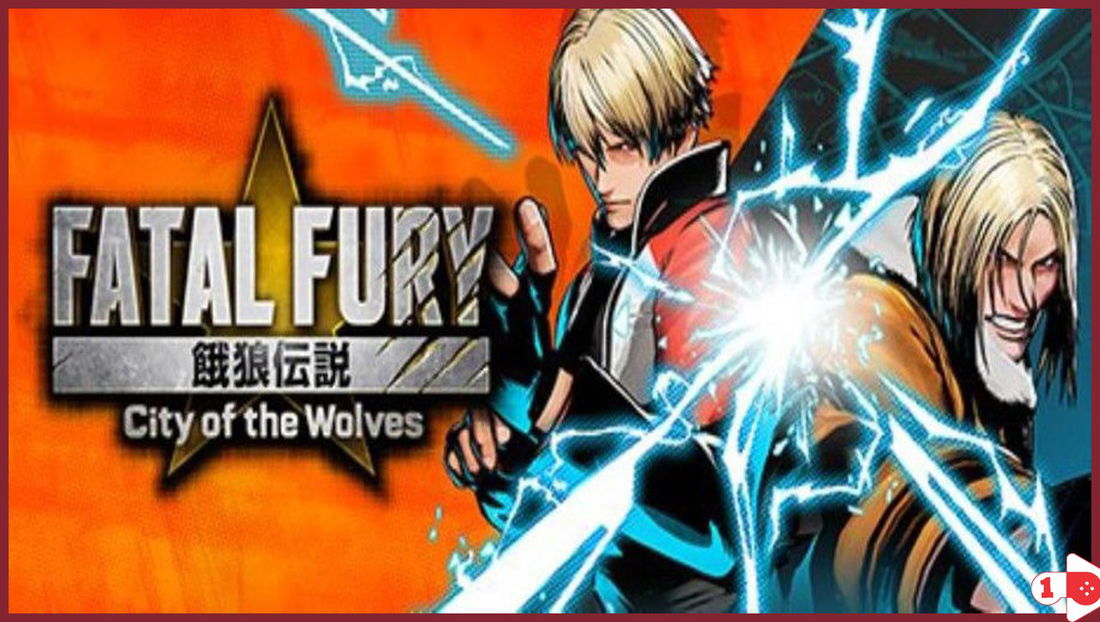Steel Seed, an award-winning game from Italian developer Storm in Tea Cup (official website) is a promise of an interesting game with stealth-based gameplay and a narrative set in a distant and devastated future, where robots and machines rule and only a cybernetic heroine can save humanity from extinction. And this promise was fulfilled. But, it was with just enough to say that it was fulfilled. There’s nothing else that shines in this title.
The game works very well, has a story that introduces the world, the protagonists, villains and the plot. Its combat works and the stealth mode is complete, with quick attacks, parkour and distractions in the best Assassin's Creed style. Everything works with no problems. However, there’s nothing that stands out in it. Let's talk about this game and, if you have any questions, leave a comment.
A devastated technological future
In Steel Seed, almost all of humanity’s been destroyed after a great collapse that made the world an uninhabitable place. What's left of humans are in a state of suspended animation, maintained by AIs and robots that now control everything. However, as the years go by, they seem to have lost their purpose and no longer want humans to return to the world. They’re protecting humans... from the humans themselves.
The game's protagonist is Zoe, a young cyborg who wants to find out what happened to her father - and understand what’s her role in a world taken over by machines. Alongside the drone Koby, she sets out on a mission full of action, infiltration and mystery.
Right at the start of the game, Zoe wakes up in a laboratory without remembering much, except for the last conversation with her father, who says that “there’s no time”. She wakes up in a cybernetic body and with incredible physical abilities, capable of double jumping, running, fighting with a laser sword and more. The setting is dark, with metallic corridors and enemies everywhere. Zoe and Koby need to be smart, use stealth and have each other's back to survive.
Zoe’ll face aggressive robots, a giant machine that tries to destroy her, and even a sniper robot that ambushes her, until she finds an AI that looks like a golden human (also like an Oscar statue) who reveals: her father built that place as a kind of Ark to save humanity. Now, Zoe needs to find five fragments of their minds scattered around the place to bring it back and help rebuild the world, activating the protocols created to awaken the humans.

I've seen this before
It's hard not to think of other sci-fi games and movies when playing Steel Seed. The setting is very reminiscent of classics like NieR: Automata, Remember Me, and even The Matrix, with that atmosphere of a devastated future full of technology that’s out of control.
The heavy architecture, dark corridors and aggressive robots create a constant sense of alert. The discreet soundtrack and settings with low lighting reinforce this idea of an advanced but dangerous world.
Even with all this visual and audio care, Steel Seed gives off a sense of déjà vu. The story of humans in cryogenic suspension, corrupted AIs, and a protagonist trying to save what's left of civilization isn’t new. This isn't a problem in itself - well-known ideas can be good if they're well explored - but the game fails to give a new face to this type of plot.
Unfortunately, it lacks identity. The narrative is present, but doesn't impact the game itself that much. It takes a back seat, without the weight of other similar stories. On top of that, Zoe and Koby, the main duo, lack the charisma needed to lock the player in. They work within the game's premise, but don't captivate or surprise. Soon, you're playing without even remembering why they're there. We'll talk about them in more detail below.
The Zoe and Koby Duo
The interaction between Zoe, the protagonist, and her floating drone, Koby, is a central part of the Steel Seed experience, but unfortunately this relationship lacks charisma. Koby has a well-defined role in the gameplay: serving as a key to open doors, helping solve puzzles, and also working as a tactical scanning tool during exploration and combat. The problem’s that, apart from these mechanical functions, the relationship between the two characters is shallow. They do talk, but the dialogues rarely go beyond simple commands or generic phrases like “We need to pass through here carefully” or “Can we trust him?”. These exchanges lack personality, which makes it difficult to create an emotional bond with the player.
Zoe has the potential to be an interesting character, but her development also leaves something to be desired. At many times, she feels more like a functional piece than a character with depth. Her lines vary between quick observations, reflective phrases and tactical warnings, but without forming a clear emotional arc, at least in the first hours of the campaign. The game tries to show players more about her through flashbacks and scenes that reveal a more vulnerable side, but these moments are short and not very memorable. There aren’t enough strong scenes to really solidify her personality or make the player care more deeply about what she’s going through.
In the end, both Zoe and Koby fulfill their roles within the game’s structure, but they fall short of what they could be. With more screen time dedicated to the relationship between the two - and with more human and engaging dialogue - it’d be possible to create a much stronger connection with the player. As it is, the relationship feels too functional and not emotional enough.
Stealth is Key
Steel Seed’s gameplay revolves around stealth. From the start, the game makes it clear that the safest - and often most efficient - path is to avoid confrontation. The player is encouraged to move carefully, taking advantage of shadows, using static distortion fields (similar to the tall grass in Assassin’s Creed), as well as hiding behind cover and creating distractions to sneak past enemies or eliminate them silently.

This system works well in practice. The mechanics respond precisely, and the challenge level is well-balanced, reminiscent of games like Dishonored or Deus Ex: Human Revolution. Zoe can crouch to get out of the robots' field of vision, use sound decoys to attract enemy attention, mark targets with the help of the drone Koby, and find alternative routes to move without being seen. Each area offers multiple ways to approach the situation, and the game rewards those who’re patient and think before acting.
Enemies follow clear and well-defined patrol patterns, which helps the player to strategize safely. On the other hand, this predictability ends up reducing the tension as time goes by. After a few hours, you start to understand the game’s rhythm and feel more in control, which takes some of the initial pressure off.
Still, the level design is creative enough to keep the experience from becoming repetitive. Even though the gameplay cycle becomes familiar after a while - hide, distract, infiltrate, repeat - the game manages to hold our interest. In some sections, there are also moments of platforming and light parkour, with double jumps, climbing and well-placed leaps. These parts work well, help break up the rhythm and are fun, but they don't bring anything really new to the genre. They serve more as a breather between the stealth segments than as a highlight.
Combat: A Secondary Feature, Not the Focus
Unlike many action games, Steel Seed doesn't want you to go into confrontation. Zoe’s a fragile character, and going out of stealth almost always means death. Still, the game offers a combat system with fast and heavy attacks, dodges and some abilities that can be unlocked along the journey. The drone Koby also takes part in the fights, being able to distract or even paralyze enemies for a short period.
Although it works, the combat was clearly designed as a backup plan. When you’re detected, more than one enemy will probably come after you. They usually surround you quickly - while one goes for a melee attack, another shoots from afar. It's not extremely hard to deal with them, but the game doesn't offer good visual or audio feedback on when you're being hit. Many times, you barely notice that you're taking damage, and before you know it, you're dead.
The combat lacks depth. There isn't enough variety of enemies or strategies to make you want to solve everything by force. And, in this regard, the game is honest: it never pretends to be an action title. The focus is on stealth, and this is well implemented. Combat is there for when things go wrong - it's more of an emergency survival tool than a system to be frequently explored.
Skills and Progression
The skill tree is one of the most interesting elements of Steel Seed, but also one of the ones that least takes advantage of its own potential. As you defeat enemies and explore the world, you earn a resource called “glitch,” which serves as a currency to unlock new abilities. These abilities can improve Zoe’s stealth, give her new combat options, or expand her movement.
However, before unlocking any of them, you need to complete a specific challenge - such as eliminating a certain number of enemies stealthily, or attacking from above, for example. Only after completing the challenge can you spend the glitches to get the skill.
The problem is that this system, even though promising, seems too limited. Many of the skills available for unlocking are so basic that they’d make more sense if they were available from the beginning of the game.
This hinders the feeling of natural progression because the player starts with few tools and needs to “earn” even the simplest ones. Instead of feeling like you’re evolving fluidly, you find yourself stuck in repetitive tasks just to unlock functions that could very well be standard.
The comparison with Kingdom Hearts II is appropriate here: just like that game, Steel Seed hides important mechanics behind artificial barriers. These are resources that could enrich the experience from the beginning, but only appear after meeting certain requirements. For some players, this can be a good motivation, but for others - especially the less patient ones - it can end up being frustrating and demotivating.
Visual and Technical Design
Steel Seed has a consistent, but not exactly varied, art direction. Most of the scenarios rely on dark tones and similar environments, which can get a little tiring over time. In areas where there are no enemies, the darkness is even stronger, which makes exploration less interesting - and sometimes even frustrating. On the other hand, the game stands out in the sections where it uses light in more creative ways, with neons, particle effects and visual elements that resemble a highly technological future. In these moments, the game shows its artistic potential.

On the technical side, the game remains stable. No serious bugs or performance issues were found in testing. The interface is clean and easy to understand, and the sound design does its job well: it holds tension in moments of danger without being overdone or tiring. Still, even with everything working properly, the visuals aren’t impressive. It doesn't have the impact needed to compete with big-budget games that stand out for their graphics.
The Weight of the Narrative
If there's one thing that really keeps Steel Seed from being a 10/10 game, it's the story. The narrative even tries to engage the player with records scattered throughout the scenarios and conversations with some NPCs, but the main plot has little rhythm and lacks depth. The protagonist's motivation is clear - she wants to find her father and help restore the world - but the plot doesn't evolve in an interesting way. There are few twists and turns, and the mystery that drives the game quickly loses its drive.
The game even features a villain, a kind of cyborg gunman, who appears to give more urgency to the quest. But he appears without a lot of context and isn’t well-developed as a character. In practice, he works more as an obstacle between quests than as a threat that really leaves a mark on the player or significantly affects the story.
Even so, Steel Seed tries to bring emotional moments. Zoe's journey, her struggle, her fragility and her insistence on keeping going end up touching on themes that many people can identify with. But the writing lacks a little more depth and the dialogues need to be more natural. As a result, the narrative could’ve been much more engaging and memorable.
A Potential Still in Development
The name Steel Seed already conveys a very symbolic idea: a metal seed planted in a destroyed world, with the hope that something new can be born from it. And that sums up well what the game delivers. It’s functional, well-made, and fun at times - but it seems to still be on its way, without fully blossoming yet. You can see that there are good ideas there: the universe, the gameplay, the relationship between Zoe and Koby... all of that shows real potential. But it lacks narrative “nutrition” for these ideas to truly grow.
With future updates, DLCs, or technical adjustments, Steel Seed could indeed become one of those games that gain recognition over time, especially within the indie audience. Today, however, it’s a title that can please those who enjoy stealth and science fiction - as long as they go in knowing what to expect.
Pros and cons
Pros:
• Good stealth gameplay;
• Responsive movement and parkour;
• Functional complementary combat;
• Well-constructed cyber atmosphere.
Cons:
• Narrative isn’t involving;
• Poorly developed character relationships;
• Underutilized skill progression;
• Overly dark visuals.
Conclusion
Steel Seed is a game that lives between two extremes: the promising and the forgettable. The stealth works well, the progression has good ideas, and the world that the game presents attracts curiosity. But the stumbles in the narrative and the lack of emotional impact leave the experience well below what it could be.
For players who enjoy a tactical, dark and silent experience, and enjoy exploring every corner of the map searching for improvements and upgrades, Steel Seed may, yes, be worth it. But if you're looking for an engaging story or impressive combat, you might want to look elsewhere for now.
Steel Seed is, above all, a seed. Whether it blossoms will depend on the developer's next steps - and the players' patience. Let us know in the comments if you've played Steel Seed, whether you enjoyed it, and whether you agree with us.












— 评论 0
, 反应 1
成为第一个发表评论的人